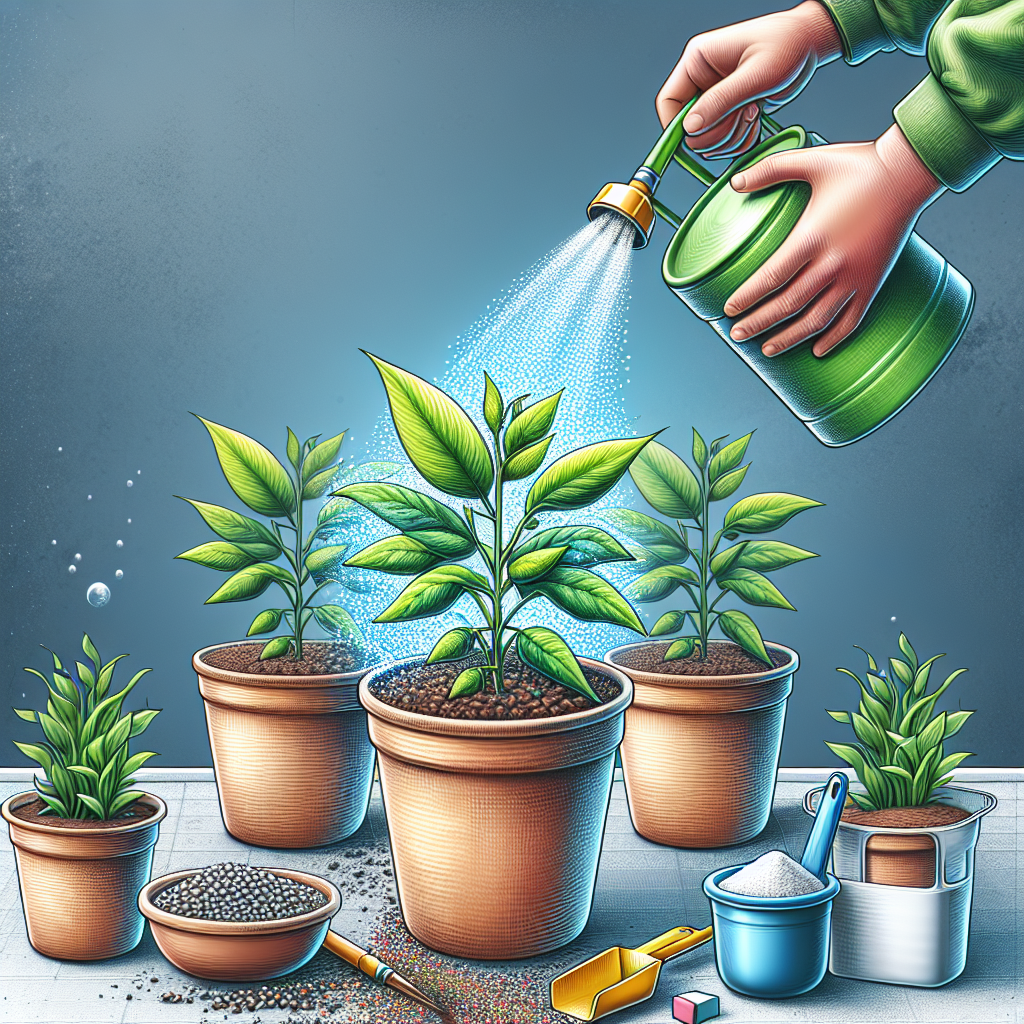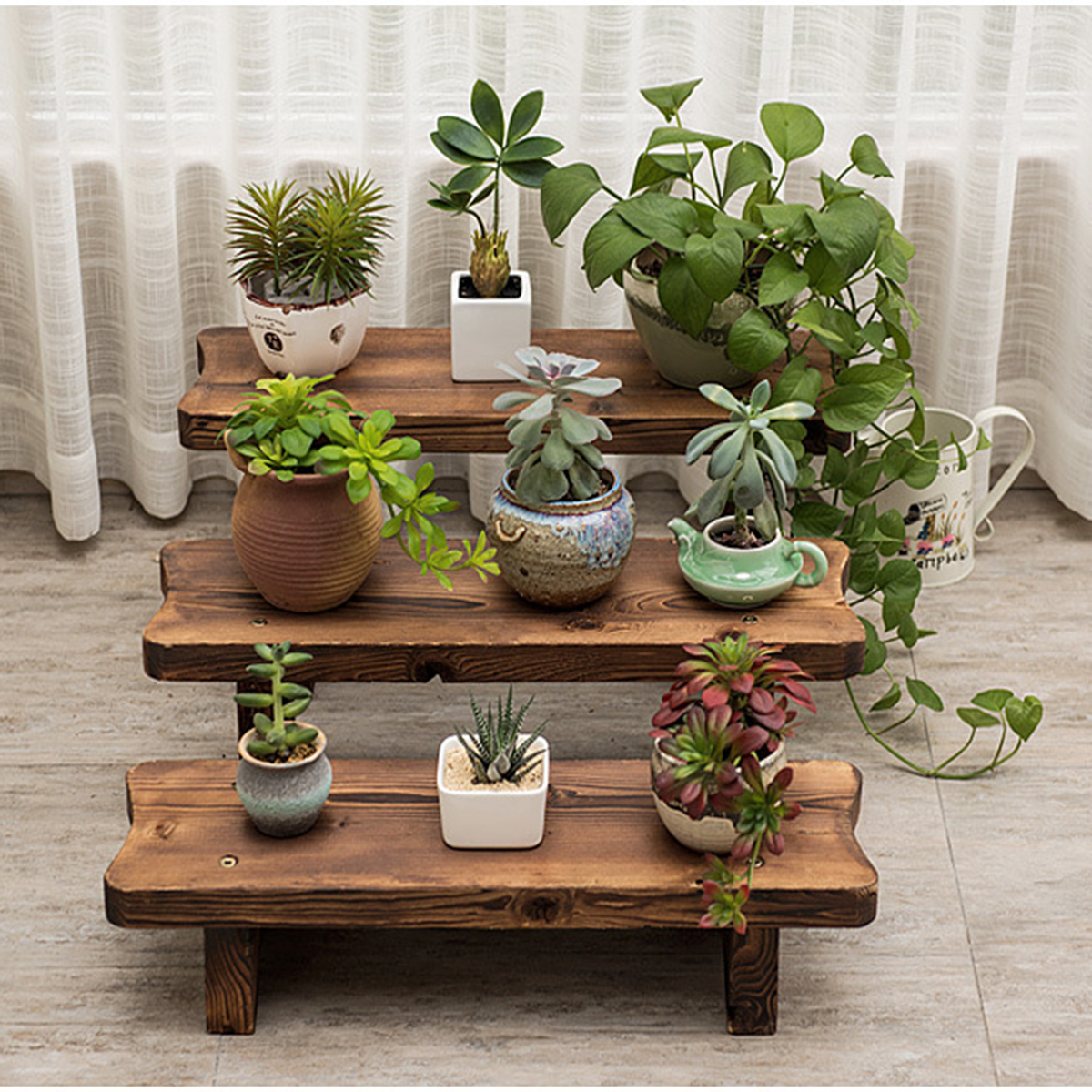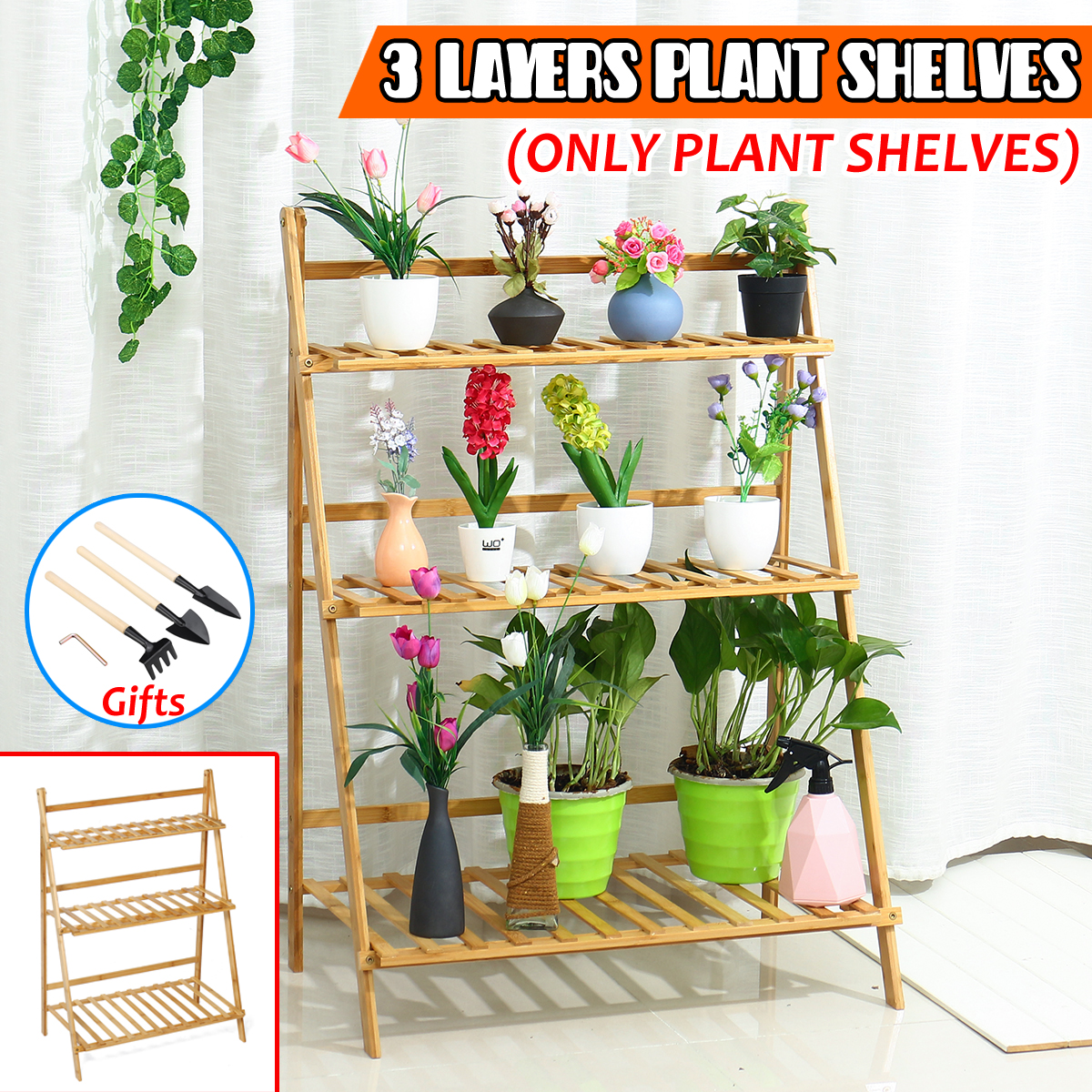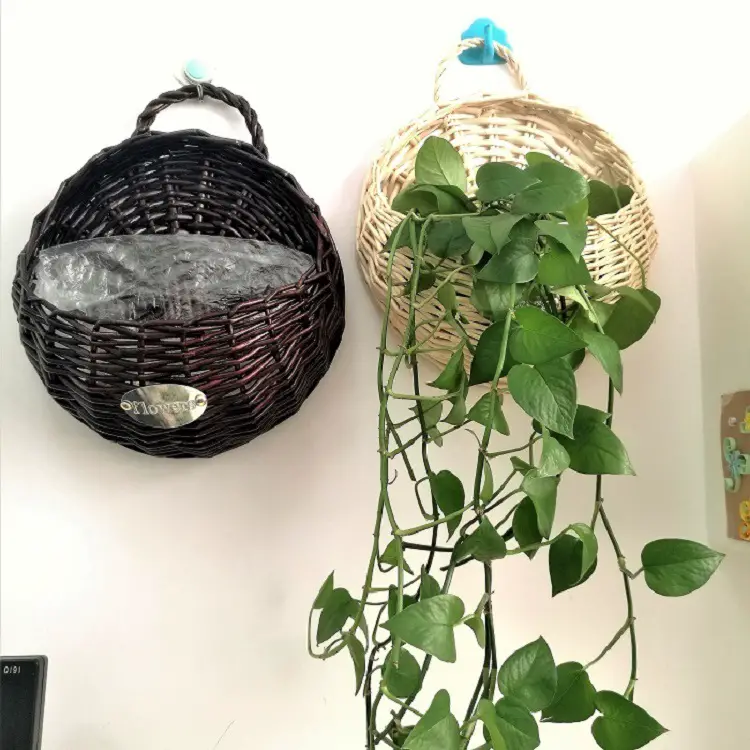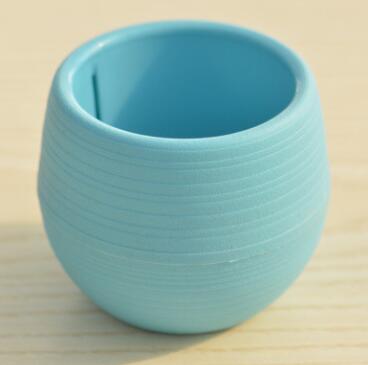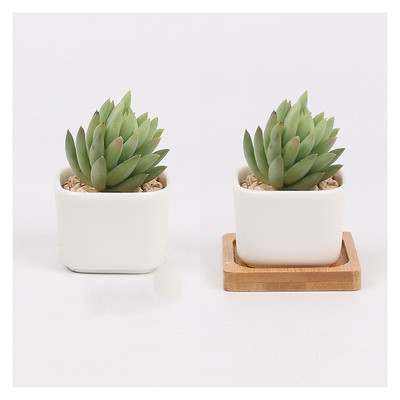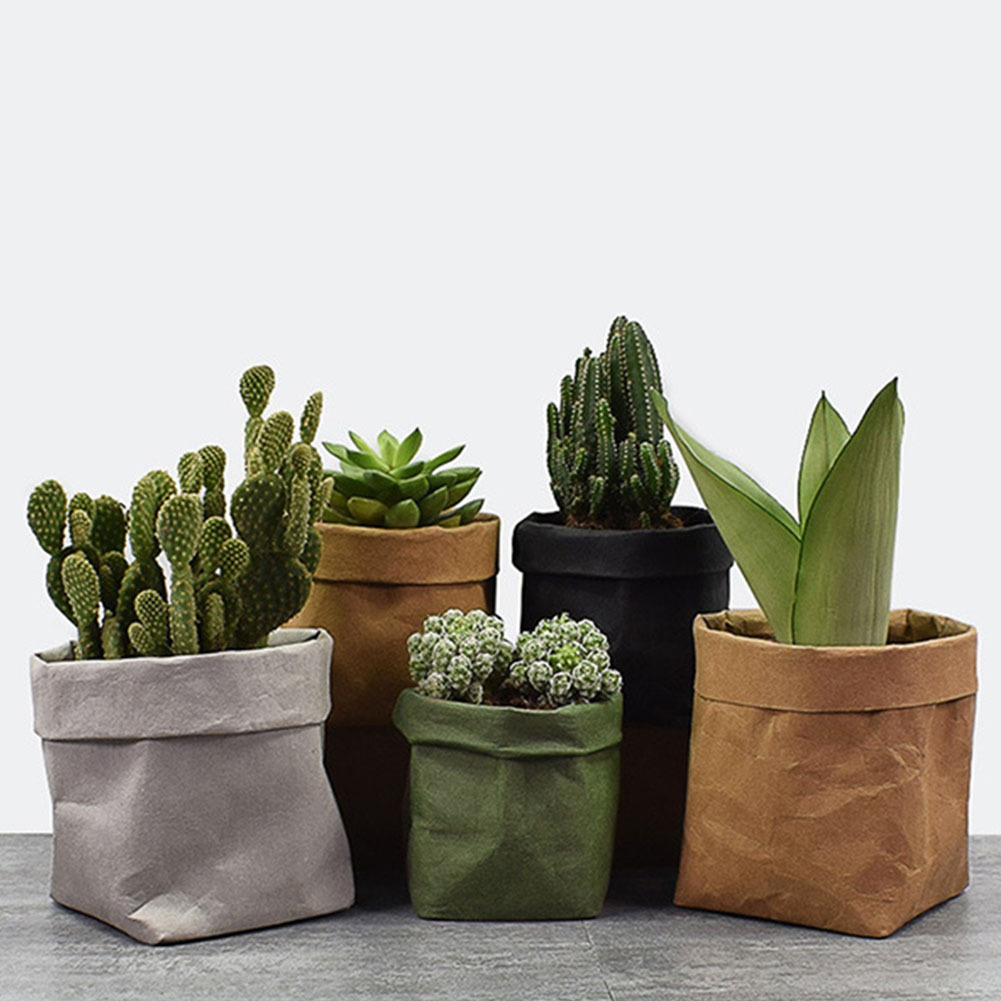Fertilizing Techniques for Abundant Growth in Pots and Containers
In recent years, gardening in pots and containers has become more than just a hobby; it has become a popular way to bring greenery into homes, studios, and offices. This trend is due, in part, to urbanization and the shrinking garden spaces available to modern dwellers. However, growing plants in pots also provides flexibility and the opportunity to create small oases of calm and nature wherever one’s heart desires. To truly unleash your inner horticulturist and have thriving containers, understanding the art and science of fertilizing is key.
Understanding the Basics of Plant Nutrition
To achieve abundant growth in your potted plants, it is essential to understand the basics of plant nutrition. Plants require a variety of nutrients for their growth and development, categorized into macronutrients and micronutrients. Macronutrients, which plants need in larger quantities, include nitrogen (N), phosphorus (P), and potassium (K)—often represented as the N-P-K ratio on fertilizer packaging.
Nitrogen supports leafy growth, phosphorus contributes to the development of roots and flowers, and potassium is crucial for overall plant health and disease resistance. Meanwhile, micronutrients, needed in smaller amounts, include iron, manganese, zinc, copper, molybdenum, boron, and chlorine. Each element plays a vital role in the plant’s ability to perform processes like photosynthesis, respiration, and nutrient absorption.
Selecting the Right Fertilizer
Choosing the correct fertilizer is crucial when working with potted plants. Fertilizers come in several forms, including liquid, granular, slow-release, and organic options. Liquid fertilizers are quickly absorbed, offering immediate nutrients, whereas slow-release fertilizers gradually provide nutrients over time, reducing the need for frequent applications. Organic fertilizers improve soil structure and contribute beneficial microbes but may act more slowly than synthetic options.
Creating a Zen Oasis with Indoor Plants
For those interested in creating a Zen oasis with indoor plants, the choice of fertilizer takes on additional importance. The serenity associated with these spaces often links to the health and vibrancy of the plants themselves. Consider using organic fertilizers to maintain an eco-friendly approach, ensuring that the soil and plants are free from synthetic chemicals, thereby promoting a cleaner, calmer indoor environment.
For instance, compost tea or worm castings can be excellent organic fertilizers for indoor pots, offering essential nutrients while enhancing soil life. Additionally, mulching with materials such as pine bark or coconut coir can help to retain moisture and moderate soil temperatures, further benefiting the plant’s health and contributing to the peaceful aura of your Zen oasis.
Fertilizing Techniques for Different Plant Types
Different plants have different nutritional requirements, so it’s important to tailor your fertilizing techniques to the specific plants you are growing. Here are some common types of plants you might encounter in a container garden and tips for fertilizing each:
1. Leafy Greens and Herbs
Leafy greens and herbs such as lettuce, spinach, basil, and mint benefit significantly from additional nitrogen, which promotes lush, leafy growth. When fertilizing these plants, consider a balanced fertilizer leaning slightly higher in nitrogen. Apply this fertilizer every few weeks during the growing season, reducing the frequency in the winter months when growth slows.
2. Flowering Plants
Flowering plants like geraniums, petunias, or marigolds thrive with a fertilizer higher in phosphorus, which supports bloom production. A fertilizer with an N-P-K ratio like 10-20-10 can be useful here. Fertilize flowering plants once every four to six weeks during their flowering period to encourage abundant blooms.
3. Fruiting Vegetables and Herbs
Tomatoes, peppers, and strawberries are container favorites, known for their vibrant fruits. These plants often require a fertilizer with additional potassium to support fruit and vegetable development. Consider a tomato-specific fertilizer, as these are optimized for fruiting plants with an elevated level of potassium.
4. Cacti and Succulents
Cacti and succulents are loved for their resilience and unique structures. These drought-tolerant plants require less frequent fertilization than their leafy or flowering counterparts. Use a diluted, balanced fertilizer during their growing season, and reduce or eliminate feeding during their dormancy in cooler months.
Timing and Frequency of Fertilization
While selecting the right fertilizer is crucial, equally important is understanding when and how often to apply it. In general, more frequent, lighter applications are preferable to infrequent, heavy doses. Over-fertilizing can burn plant roots and lead to nutrient build-up, which can harm plants and soil.
For most potted plants, a general rule is to fertilize every three to four weeks during the active growing season, reducing or halting fertilization during the plant’s dormant period. However, always follow specific instructions for the fertilizer you’ve chosen and adjust based on the plant’s response and growth.
Unleash Your Inner Horticulturist with Thriving Containers
Engaging in container gardening offers a sense of achievement and taps into an inherent human desire to nurture and cultivate life. By understanding and applying effective fertilizing techniques, you not only improve the health and vitality of your plants but also strengthen your connection to a natural process.
To truly unleash your inner horticulturist, observe your plants closely. Each species and individual plant can have its own subtle indicators of nutrient needs. Yellowing leaves may signal a nitrogen deficiency, while poor flowering might indicate a need for more phosphorus.
Keep a journal or diary of your observations, fertilization schedules, and results. Documenting your successes and learning from any missteps will deepen your understanding and enjoyment of the gardening process.
Cultivating Sustainable Practices
In today’s world, where environmental concerns are increasingly prominent, adopting sustainable gardening practices becomes imperative. Embrace fertilizing techniques that align with ecological principles, such as using organic fertilizers and exploring permaculture approaches.
Compost, for instance, is a prime example of sustainable fertilization. It’s a cost-effective way to recycle kitchen scraps and garden debris, turning waste into nutrient-rich soil amendments. Additionally, practices such as vermicomposting, which uses worms to break down organic material, can be particularly beneficial in small spaces, offering rich leachate that serves as a potent fertilizer for container plants.
Water conservation plays a role in sustainable fertilization; apply water-soluble fertilizers using efficient watering systems such as drip irrigation or self-watering containers to minimize waste and runoff. By integrating these techniques, you create resilient, thriving containers that contribute to environmental well-being.
Troubleshooting Common Fertilizer Problems
Even with the best intentions, fertilization can sometimes lead to issues. Here are common fertilizer-related problems and how to address them:
-
Nutrient Burn: Symptoms include brown, scorched leaf tips and overall plant stress. To resolve, flush the soil with plenty of water to remove excess nutrients and reduce the frequency or amount of fertilization.
-
Nutrient Deficiency: Yellowing leaves, stunted growth, and poor flowering are signs of a deficiency. Identify the lacking nutrient and supplement accordingly with an appropriate fertilizer.
-
Root Rot: Overwatering can lead to root rot, exacerbated by over-fertilization. Ensure proper drainage in your pots and allow the soil to dry out between waterings.
Conclusion
Fertilizing techniques for abundant growth in pots and containers offer a gateway to lush, verdant patches of life that can transform any space, indoors or out. By understanding the nutritional needs of your plants, selecting the appropriate fertilizers, and adopting responsible practices, you set the stage for vibrant growth and unwavering joy in your gardening endeavors.
Whether your goal is creating a Zen oasis with indoor plants or simply reveling in the beauty and bounty of a thriving container garden, mastering the art of fertilization is key. With dedication and care, you can cultivate a personal paradise and unleash your inner horticulturist, creating a deeper connection with nature, your plants, and yourself.


